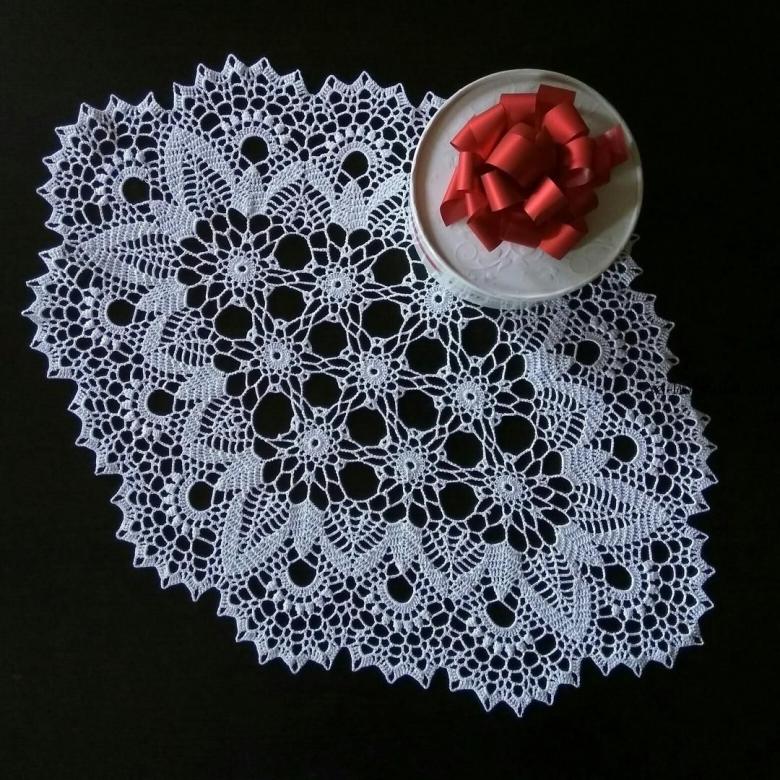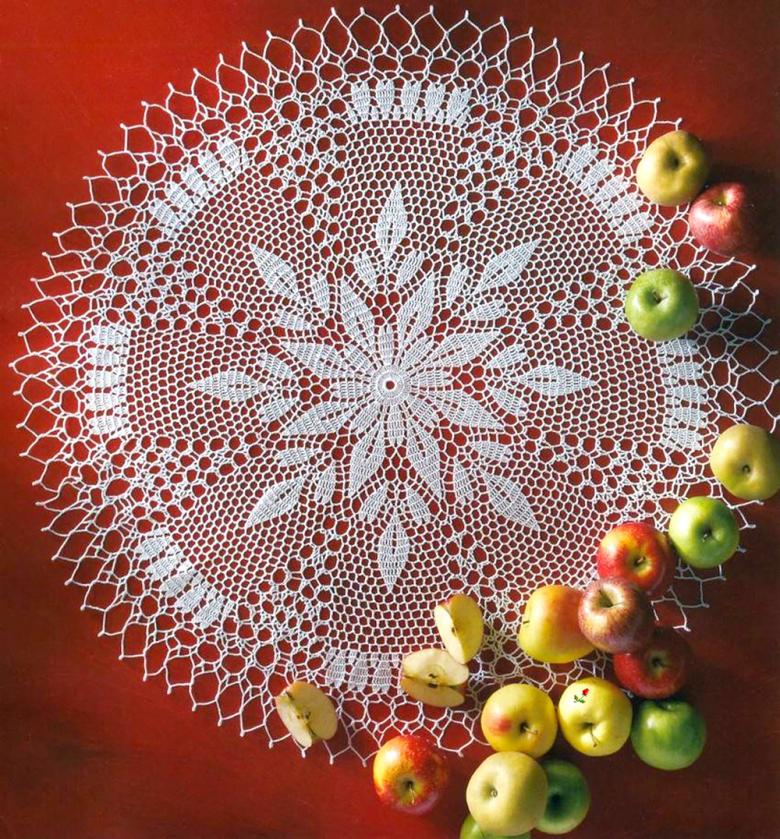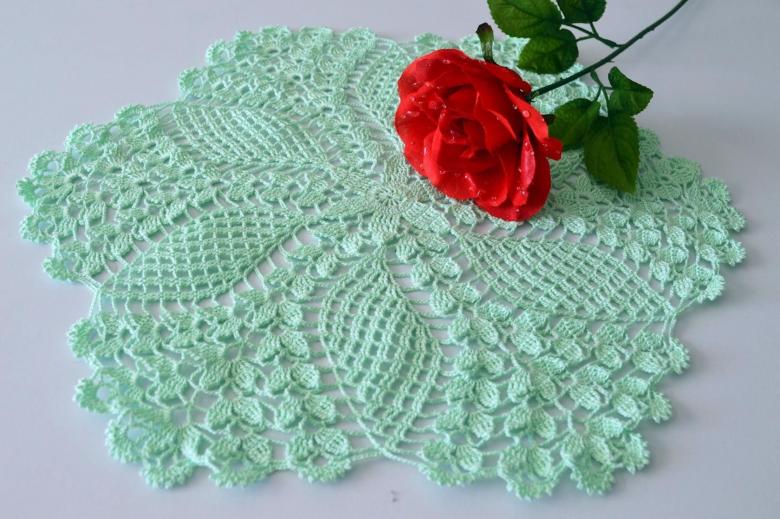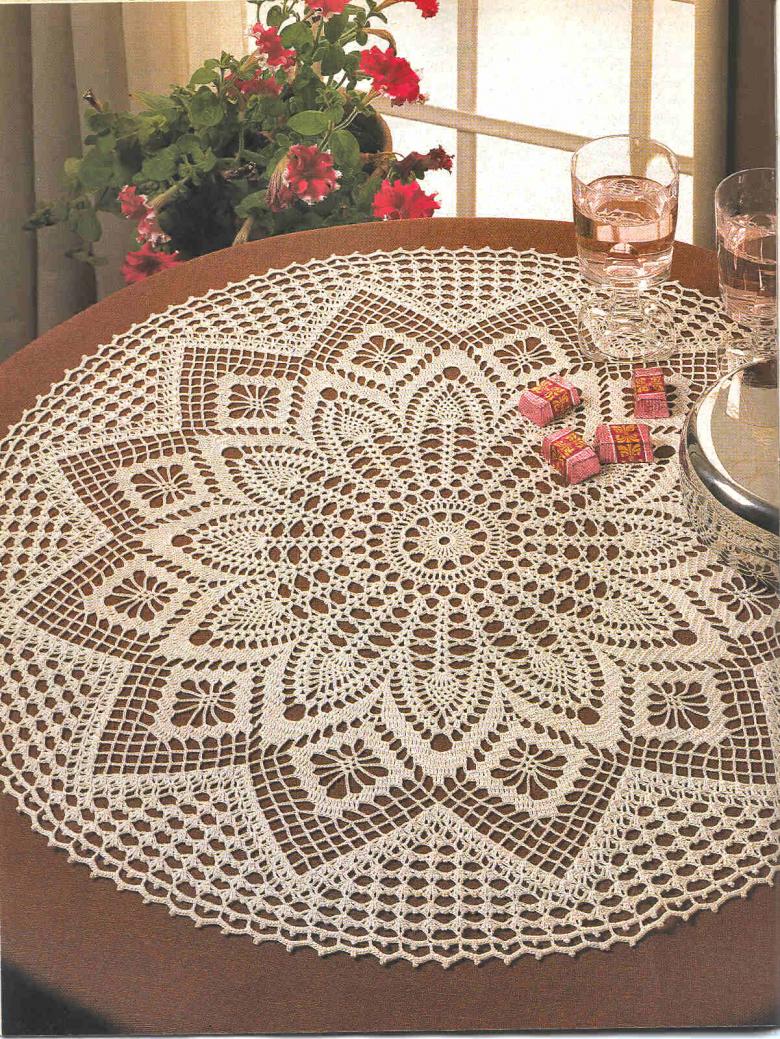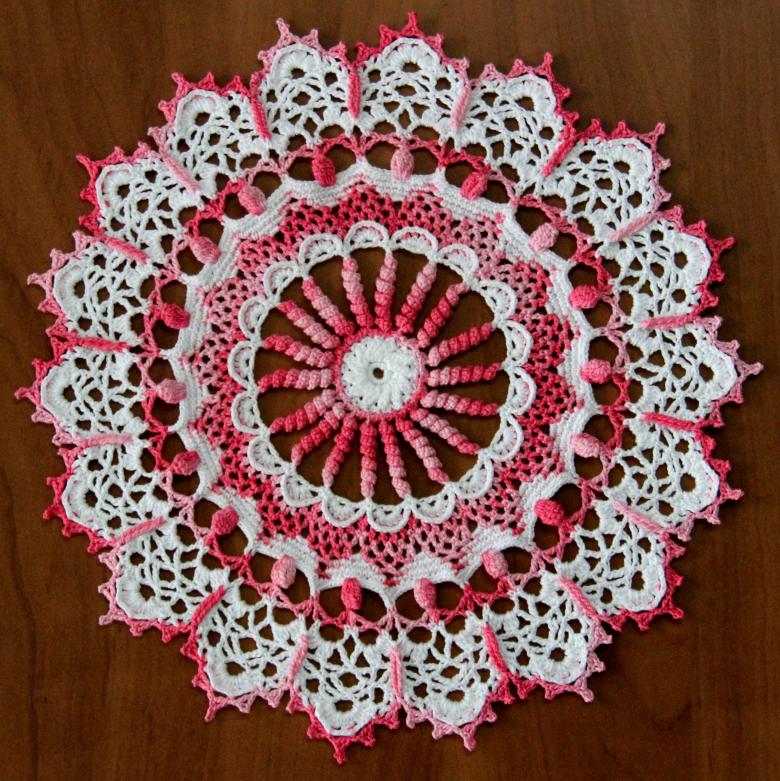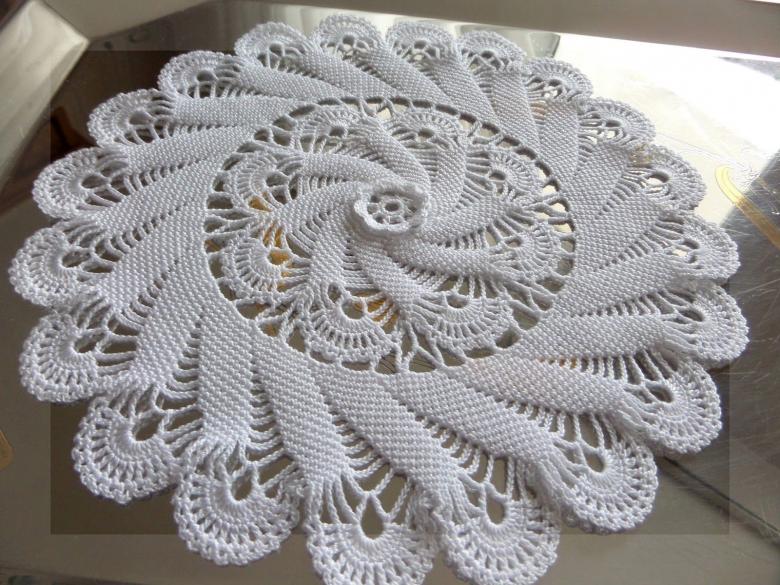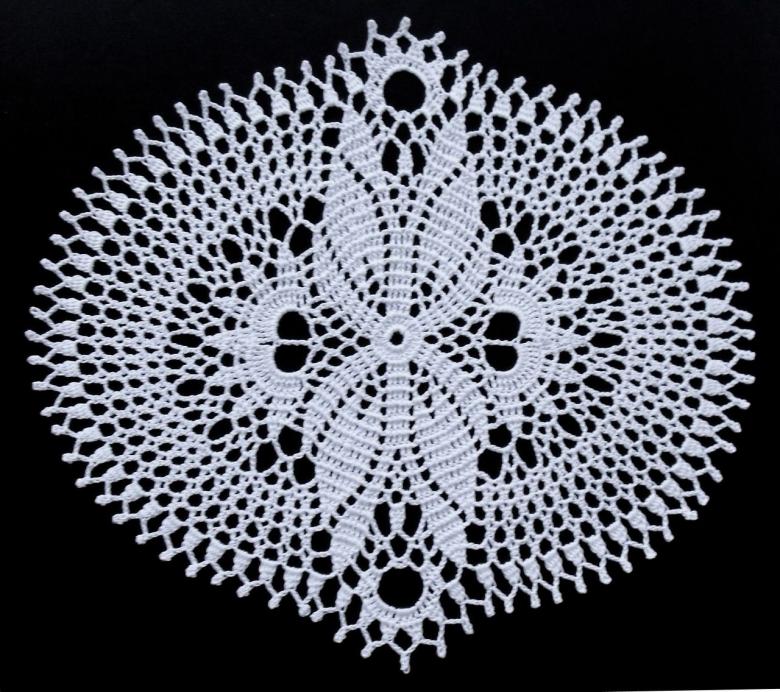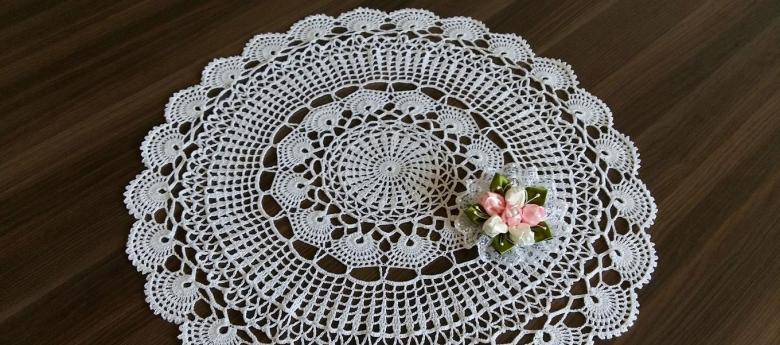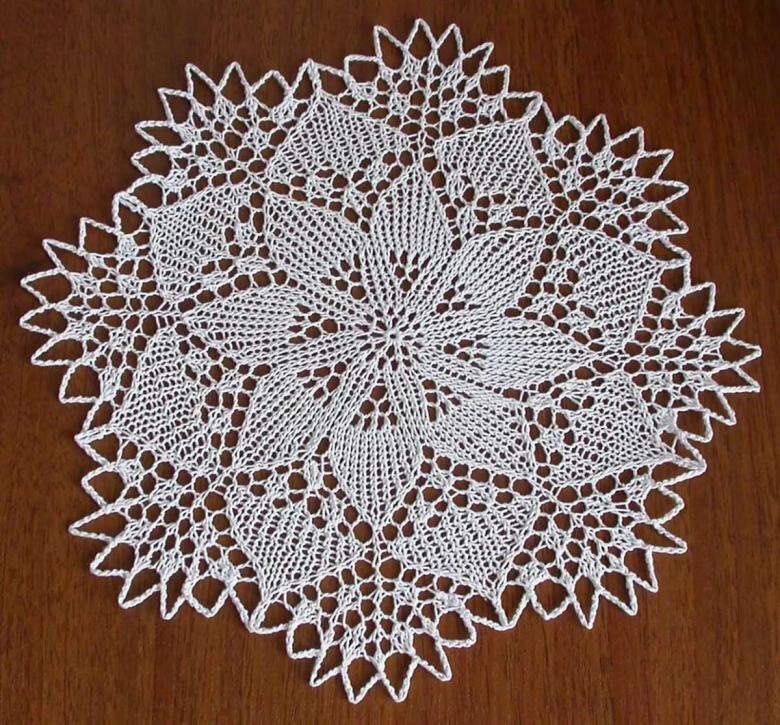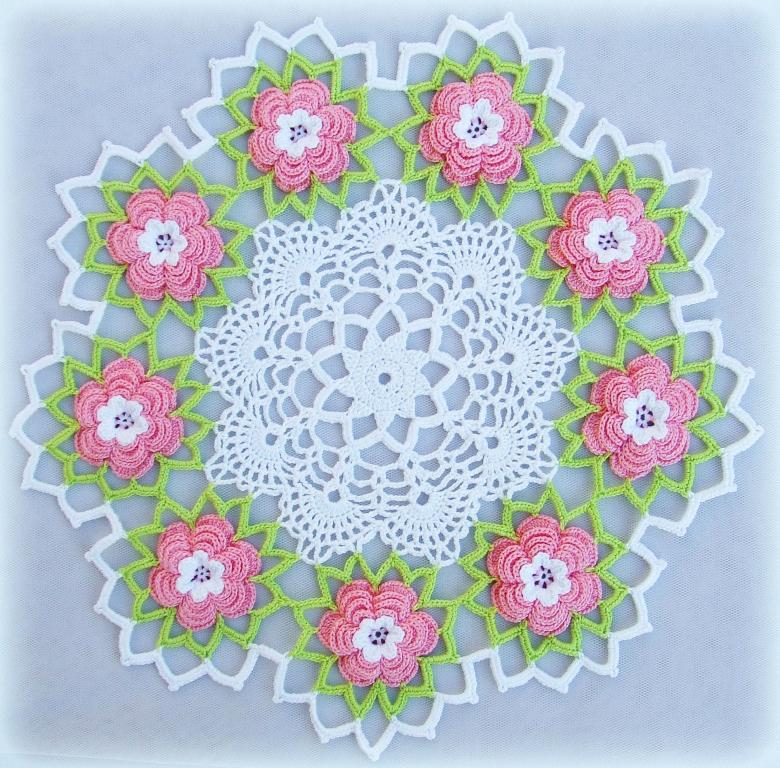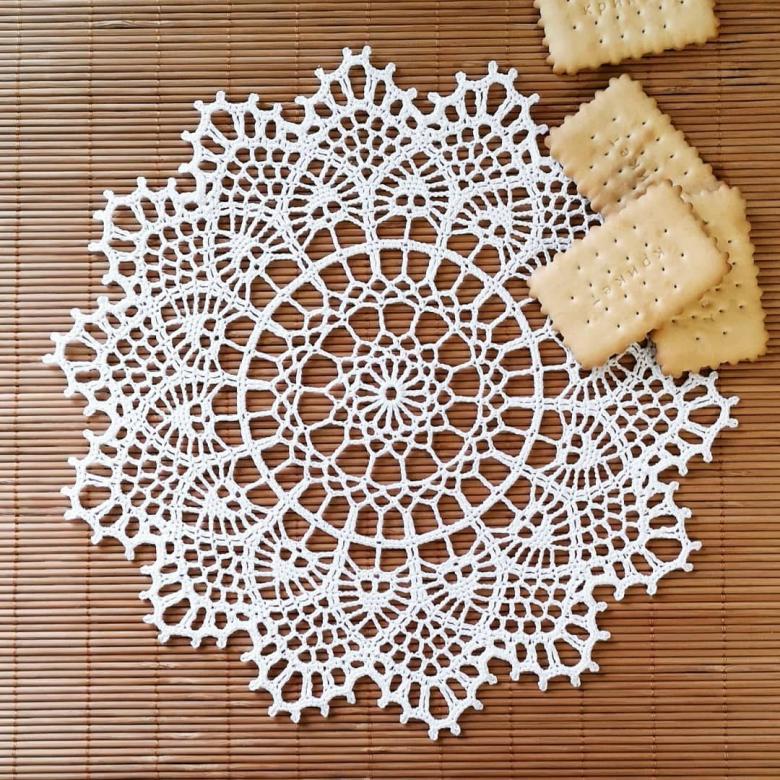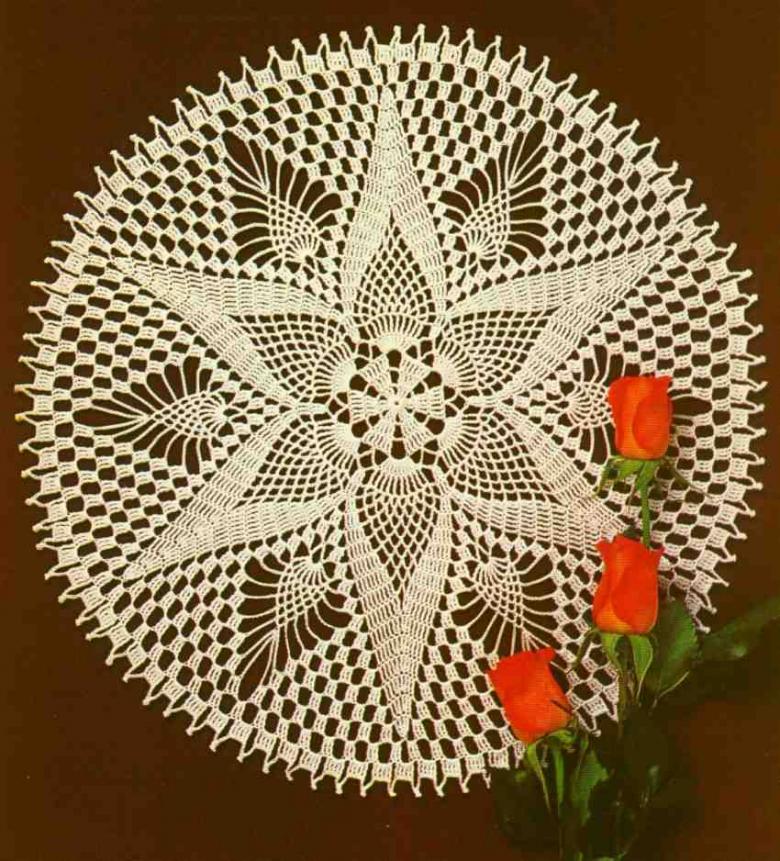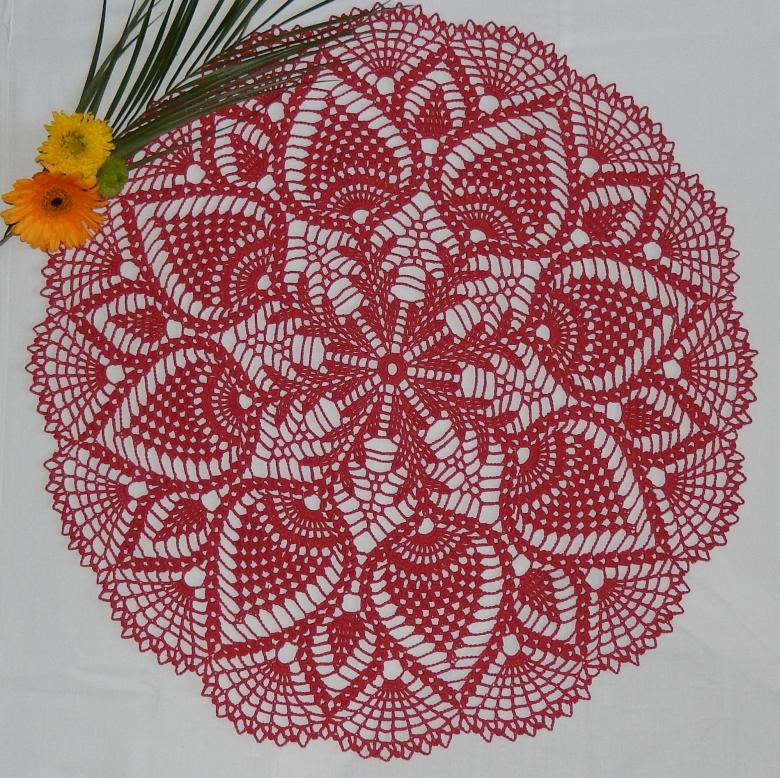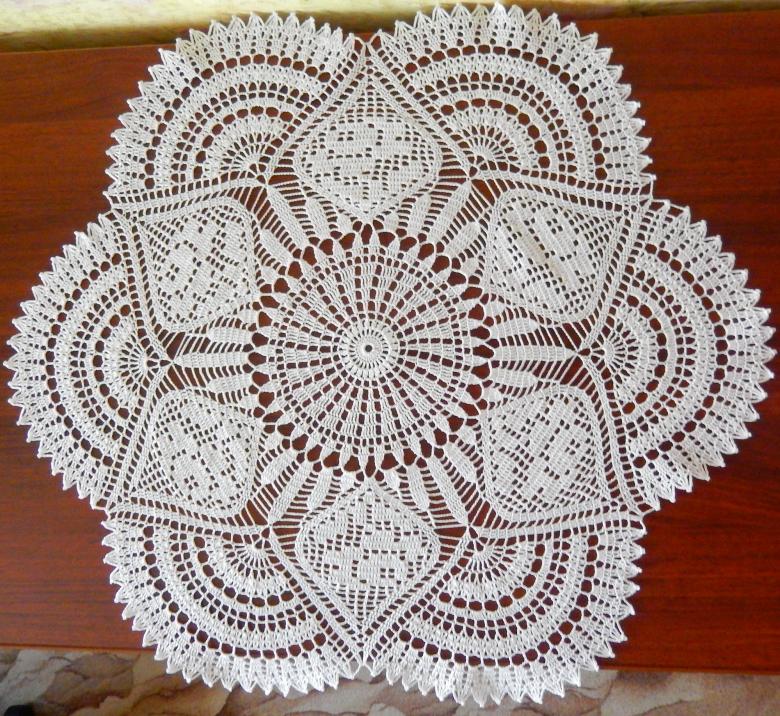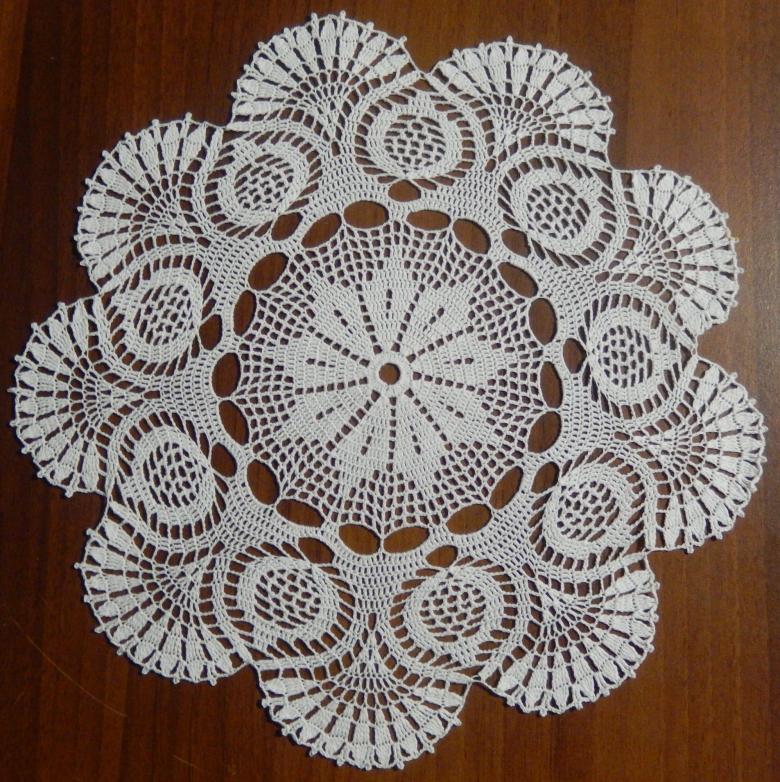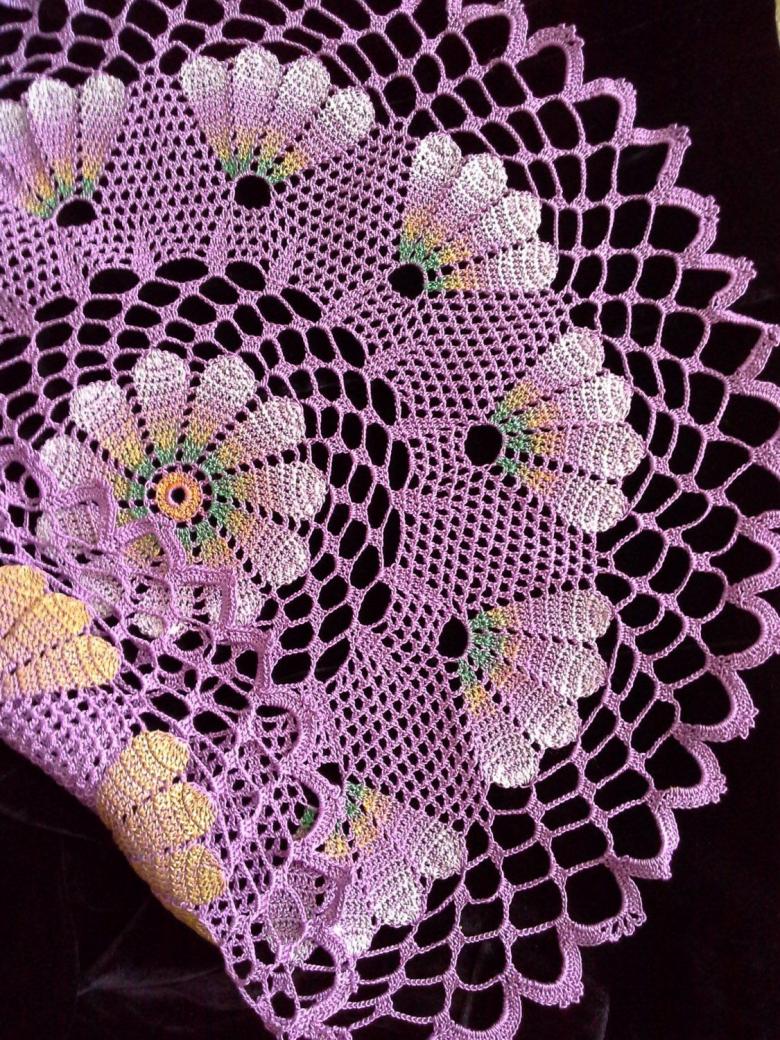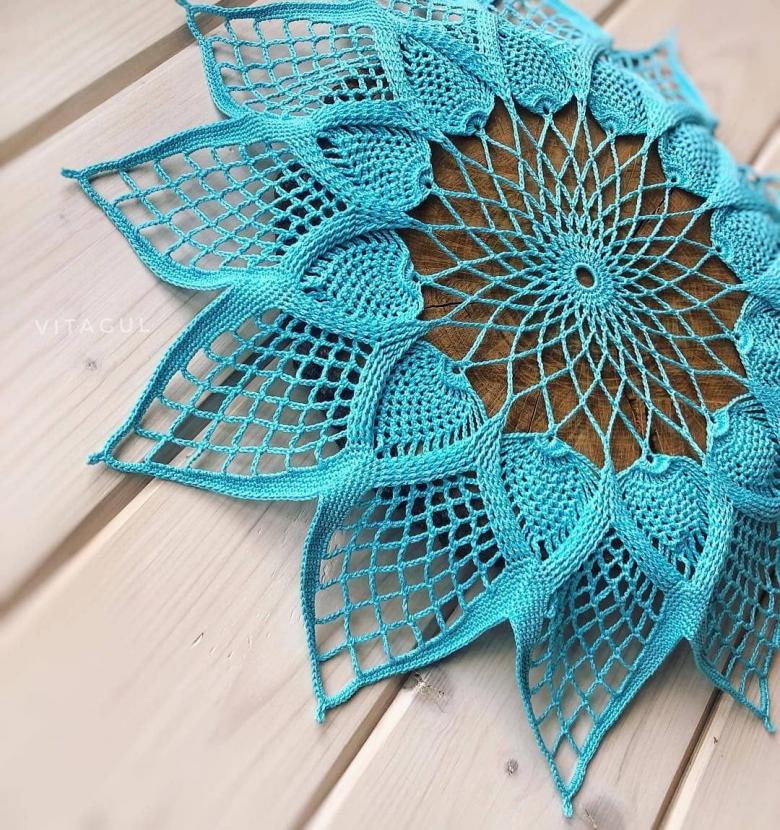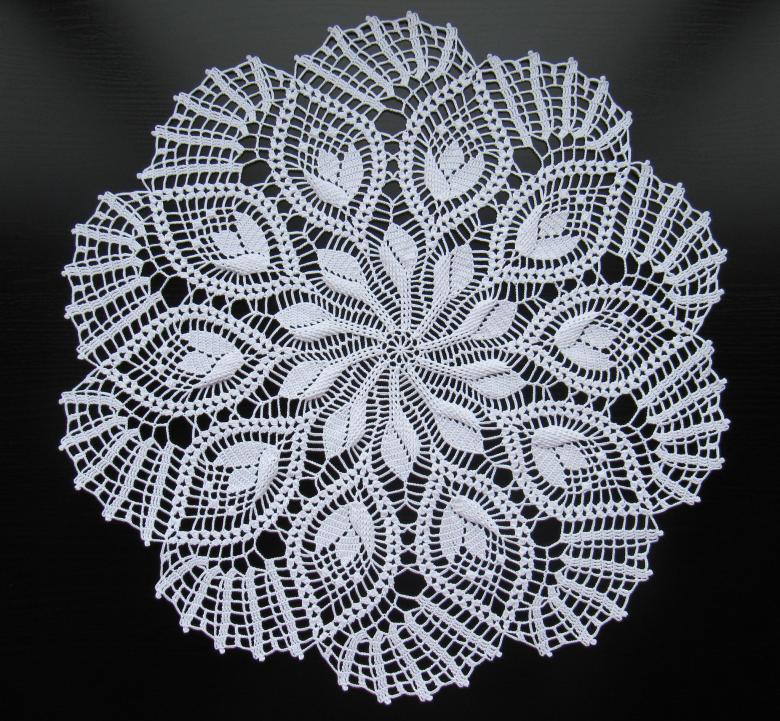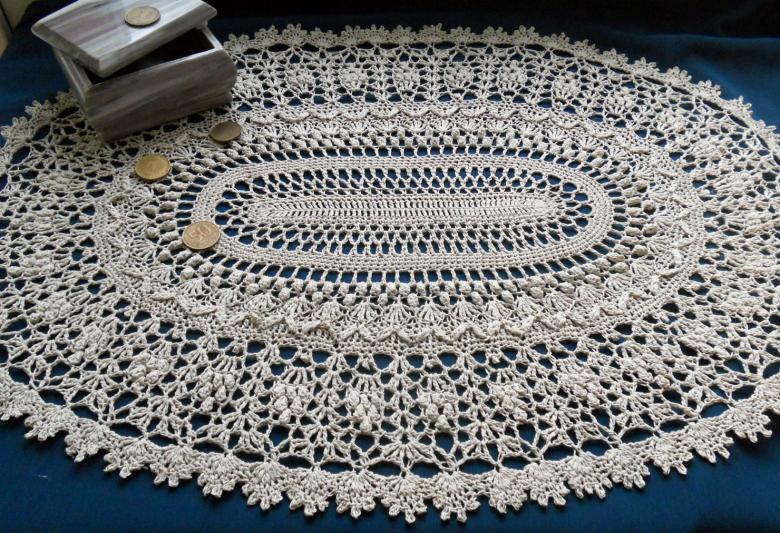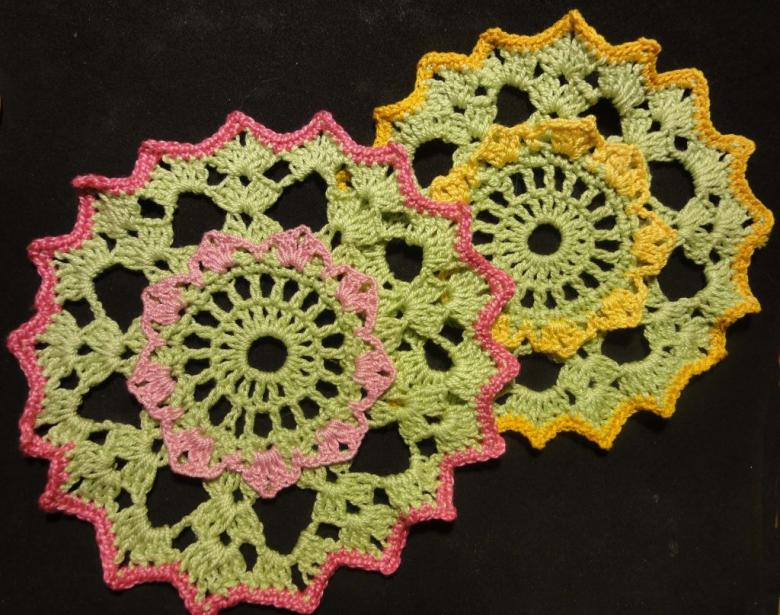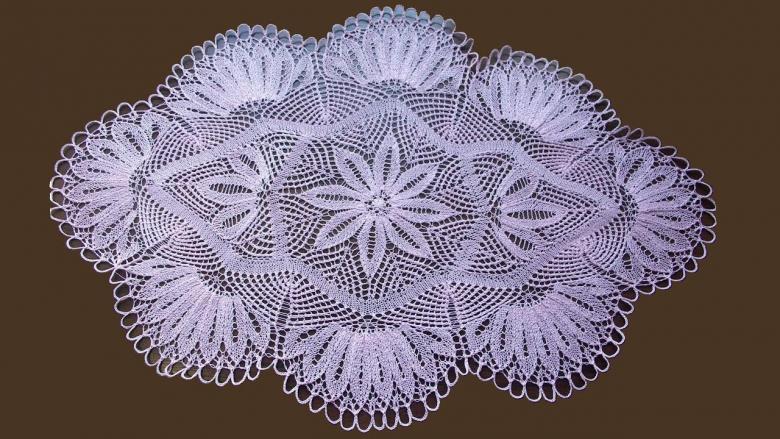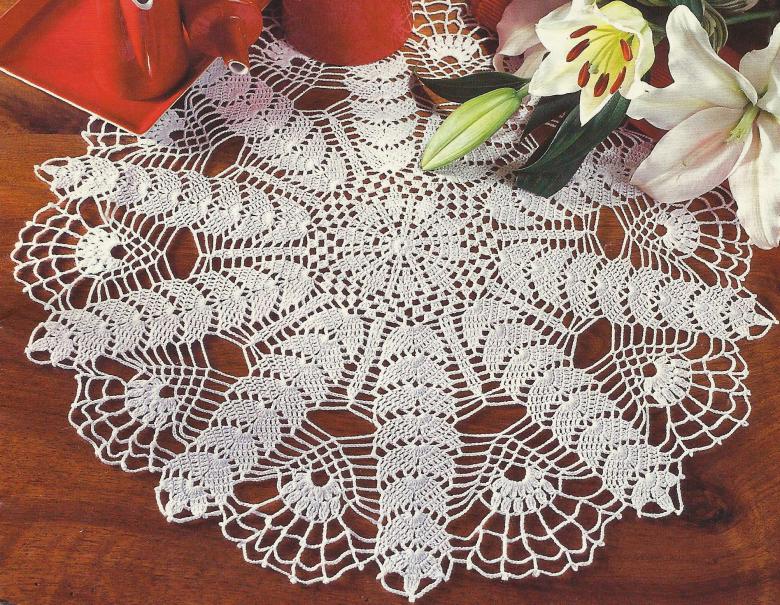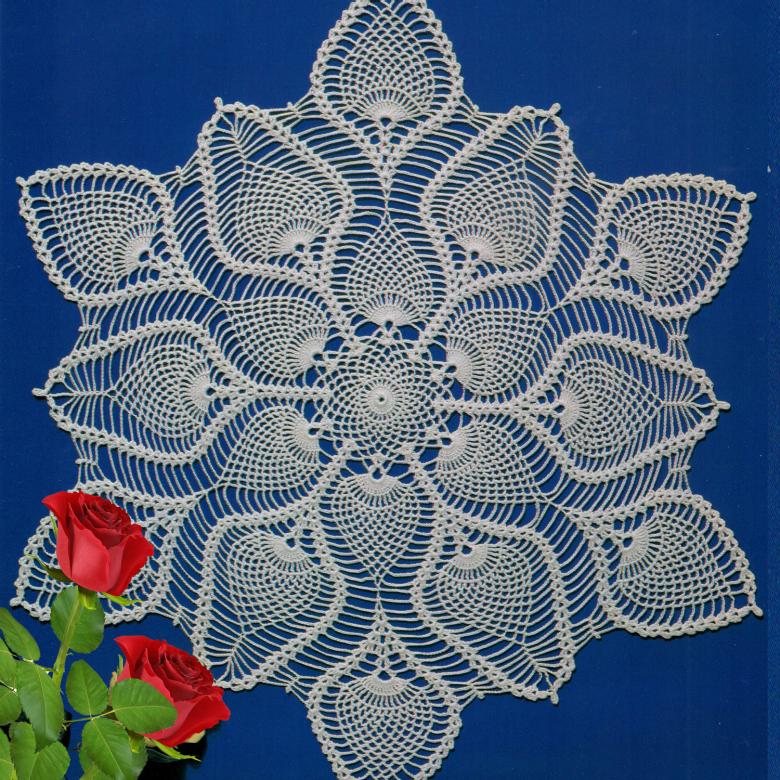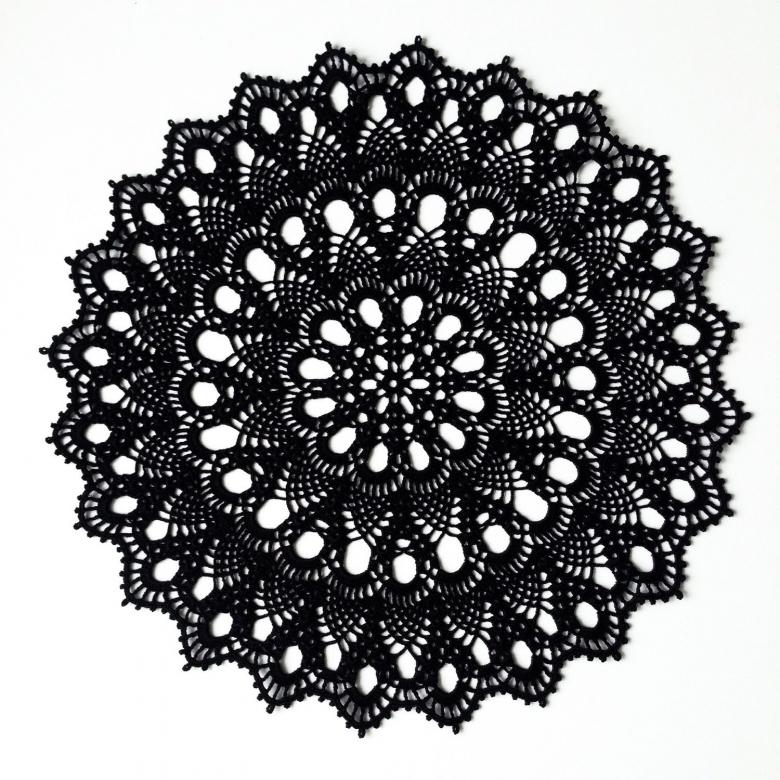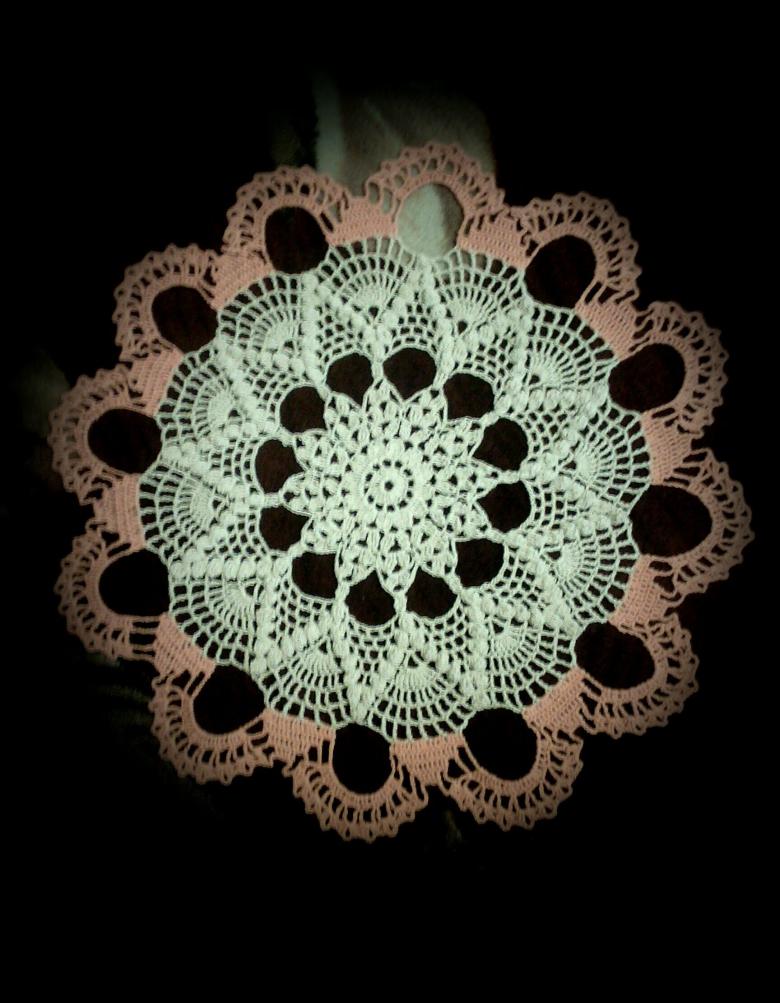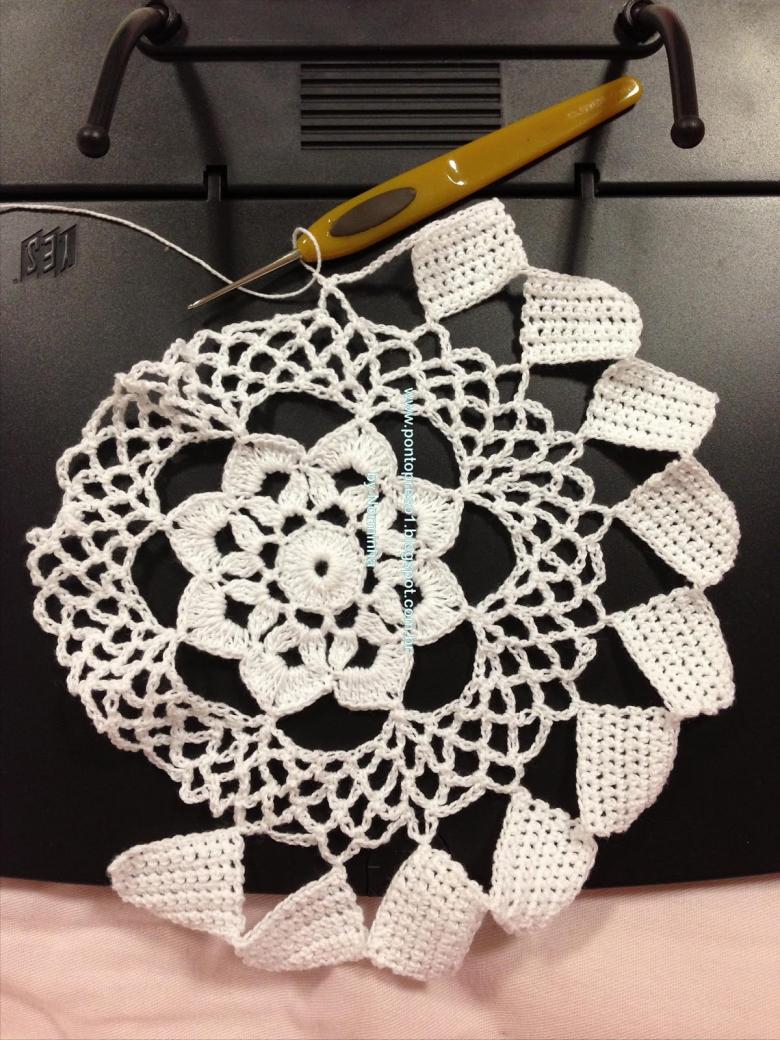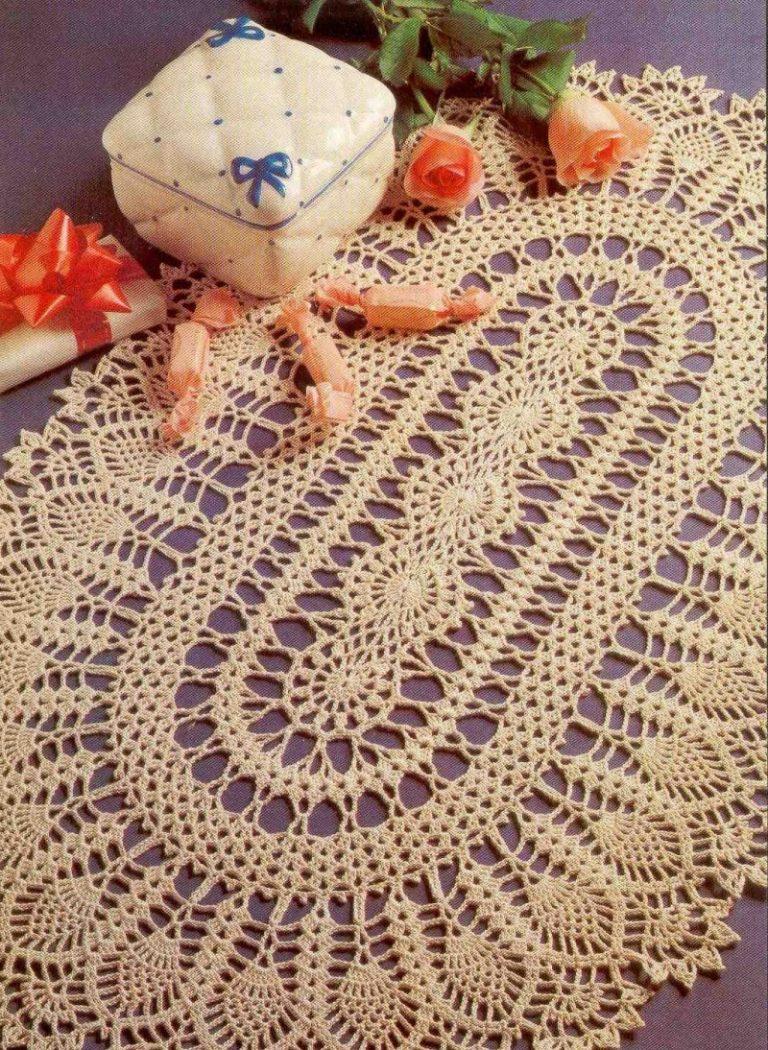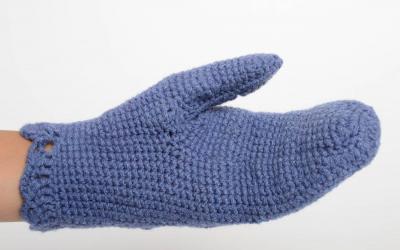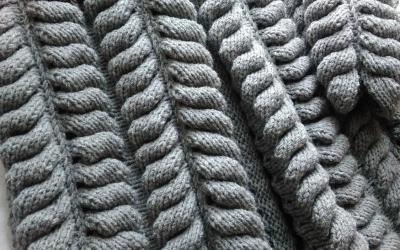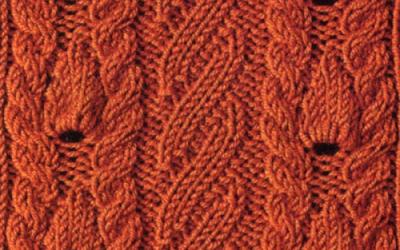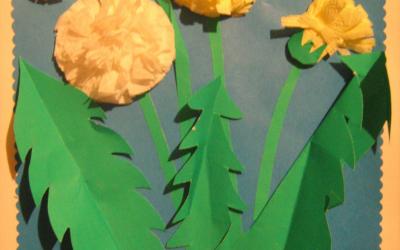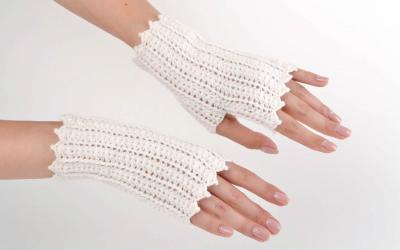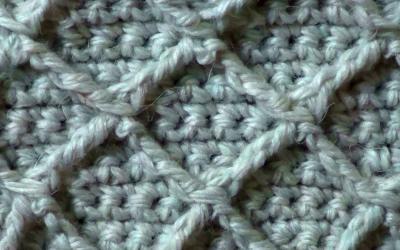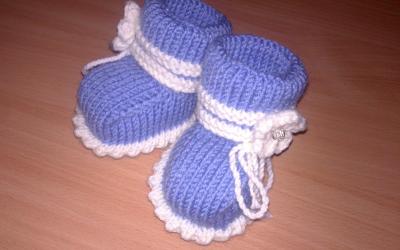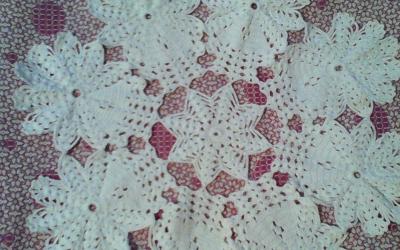Crochet napkin - a detailed description of the knitting scheme, tips, photo ideas
Crochet has long been very popular in Russia. It is not only the simplicity of tools and crafts in general, but in the freedom that this kind of applied art provides - the freedom to choose the color, pattern, combinations.

Crochet napkins in the late 19th and early 20th centuries were part of a young girl's dowry. These days, they still appear in all their glory and evoke nostalgia.
Napkins as a home decoration
Crochet napkins come in a wide variety of shapes and patterns. They can be very different models, simple and openwork, flat and embossed, round, square, rectangular, oval and other various forms.

Using napkins, modern designers embody their most daring ideas:
- decorating home textiles
- lampshade fabrication
- Frames for pictures, mirrors and photos
- wall panel decoration
- tableware ornamentation
- furniture segments decorating.
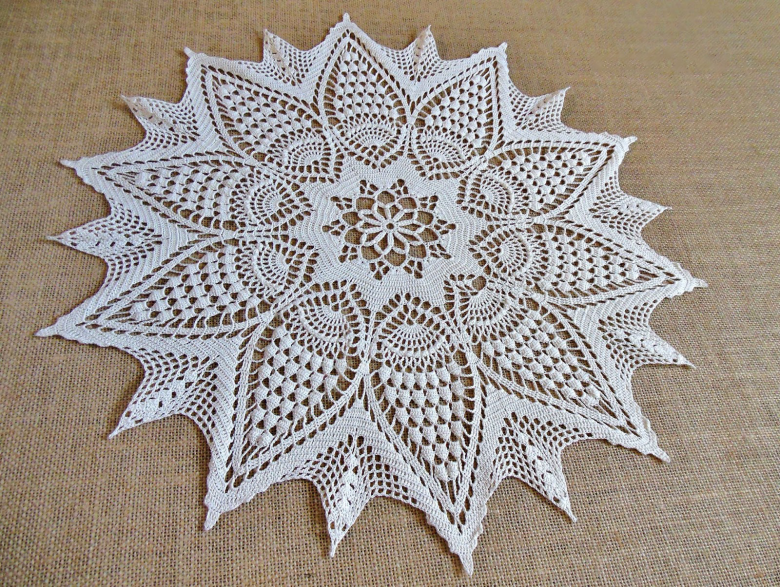
Doilies made by crochet will decorate your table, serve as holders for a pitcher of drink, soup tureen, cups of tea or coffee. They can be a perfect present for your loved ones or a creative exhibition.
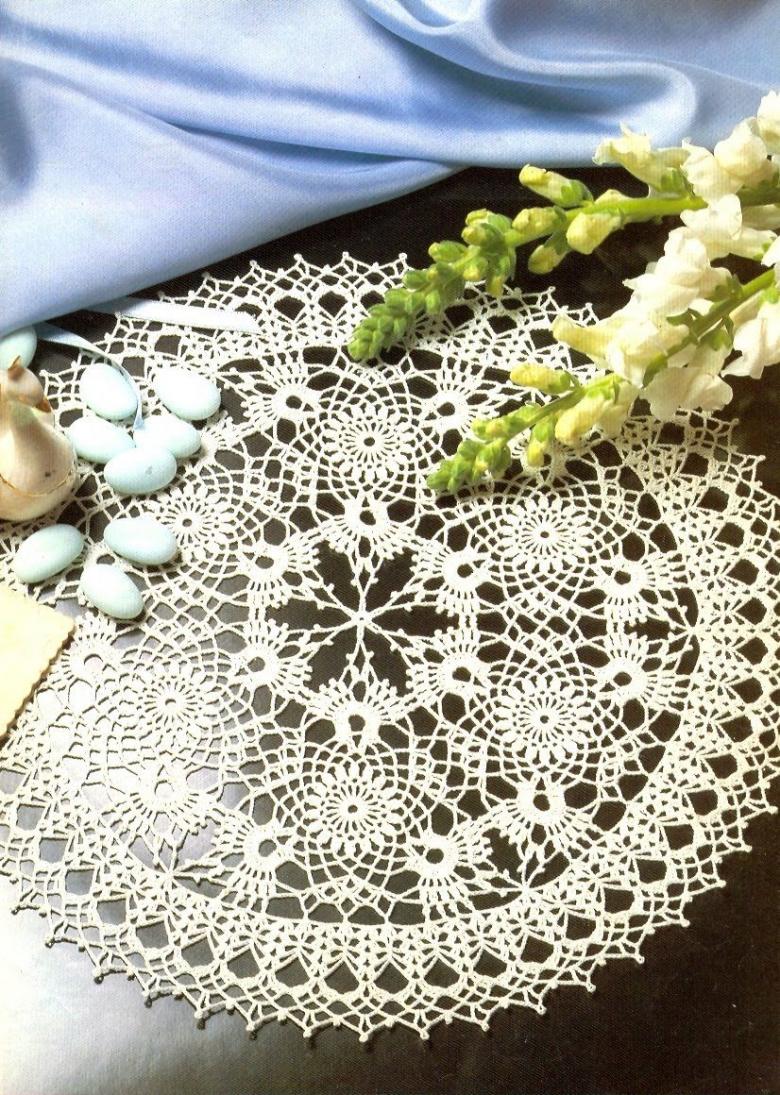
The original type of needlework
Light, delicate, beautiful napkins are consonant with the patterns on the frosted window. This exciting and very interesting kind of needlework requires perseverance, attention and patience. Ideas for creating products novice needleworkers can find on the Internet. On the sites of needlework are detailed descriptions of the work with ready-made schemes, photos and ways of production.
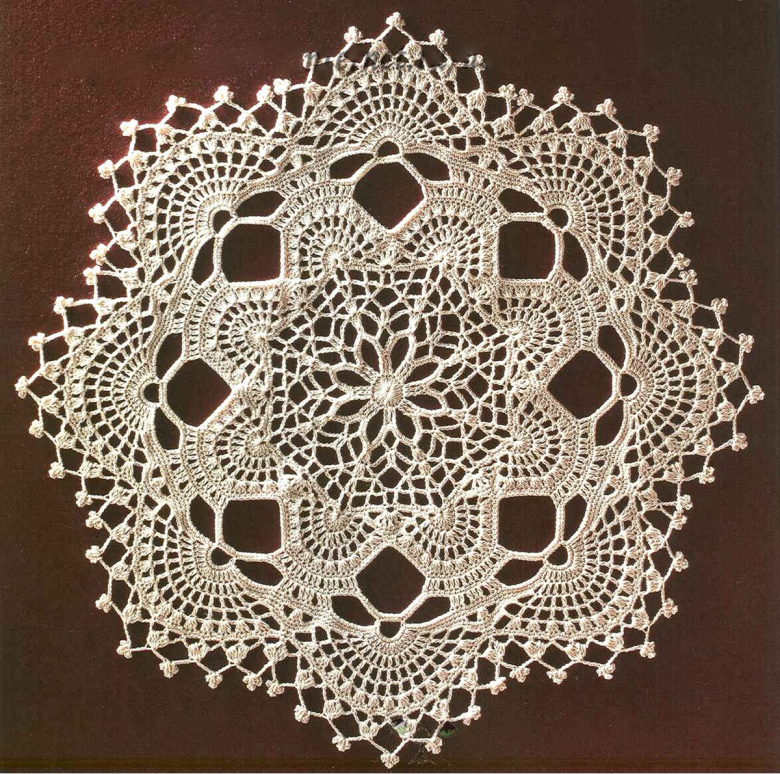
Experienced craftsmen knit lace napkins from thin yarns, from which it is impossible to take your eyes off. The finest patterns are crocheted from cotton or silk bobbin threads with a hook of the smallest size. Mastery is learned and honed over the years. To create a delicate and delicate lace requires several thousand loops, which experienced masters are obtained almost automatically.
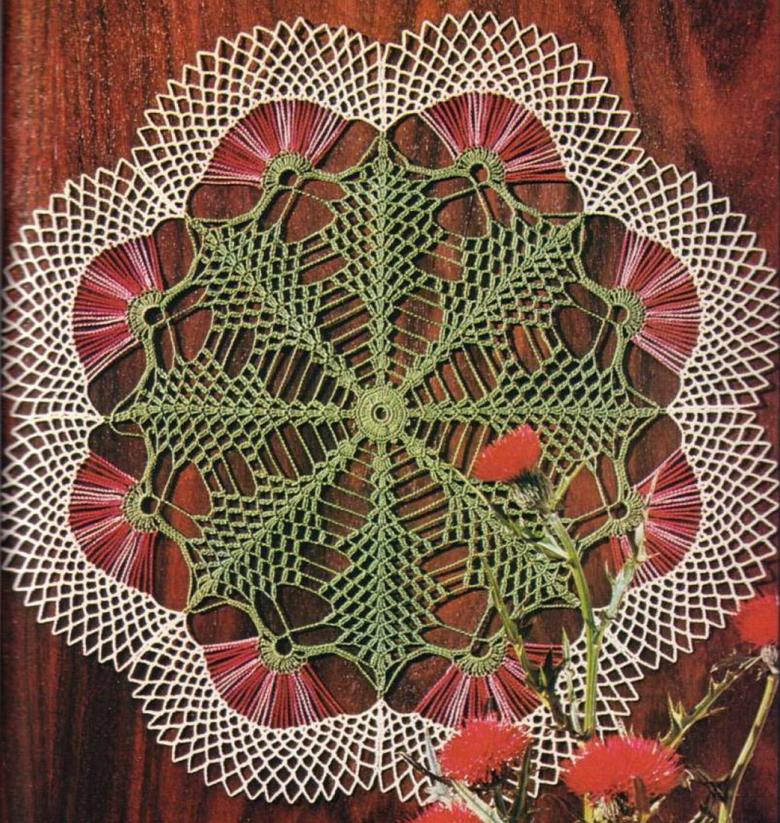
This activity, creating a magical fairy tale, can captivate beginners who can use simple schemes to make their first napkin. The result will depend on your desire and the technique you choose.

Crochet basics
Creating a masterpiece with intricate patterns will take a great deal of time. Even an inexperienced needlewoman can make a simple napkin in a few hours.
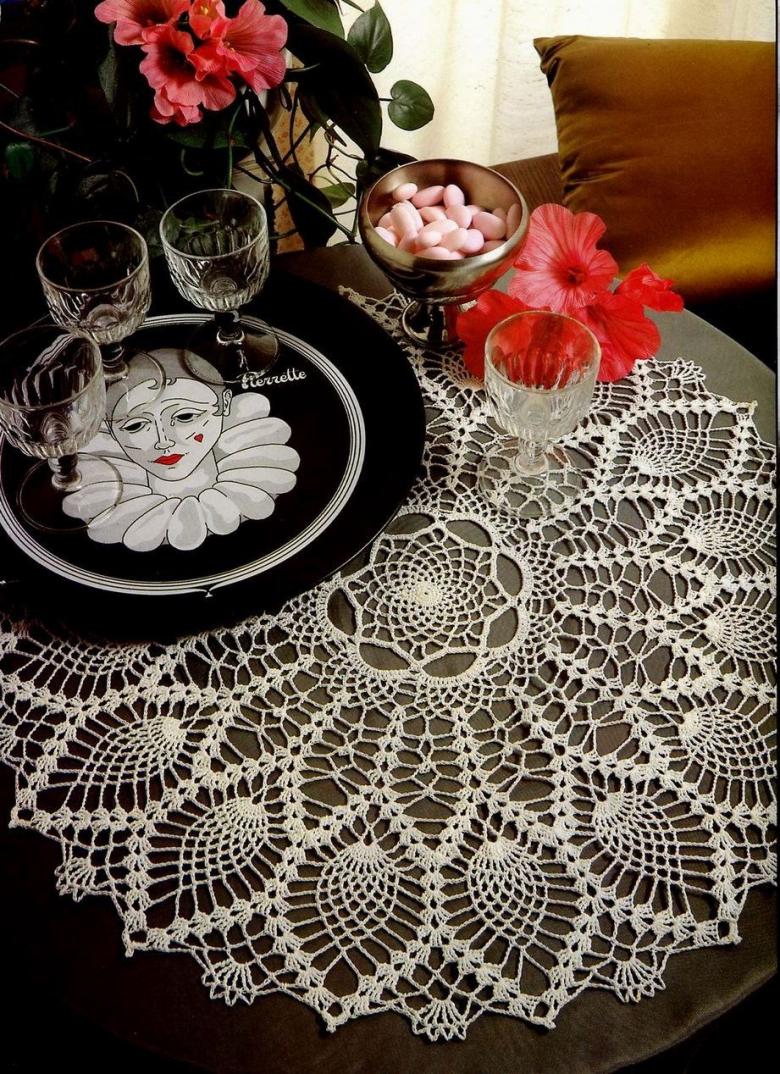
Mastering the hook
When knitting, the hook should be clamped between the index, thumb and ring finger. This is how we hold a pen when writing or a pencil when making a drawing. Maintain an even thread tension, which should be held on the index finger of the left hand, holding it with the thumb. Start the work with an air chain. It is performed in the following sequence:
- make a loop of thread
- Thread a hook through it and take the thread from the index finger of your left hand
- pull it through the loop
- into a new stitch pull the thread through again and so on until the chain is the necessary length.
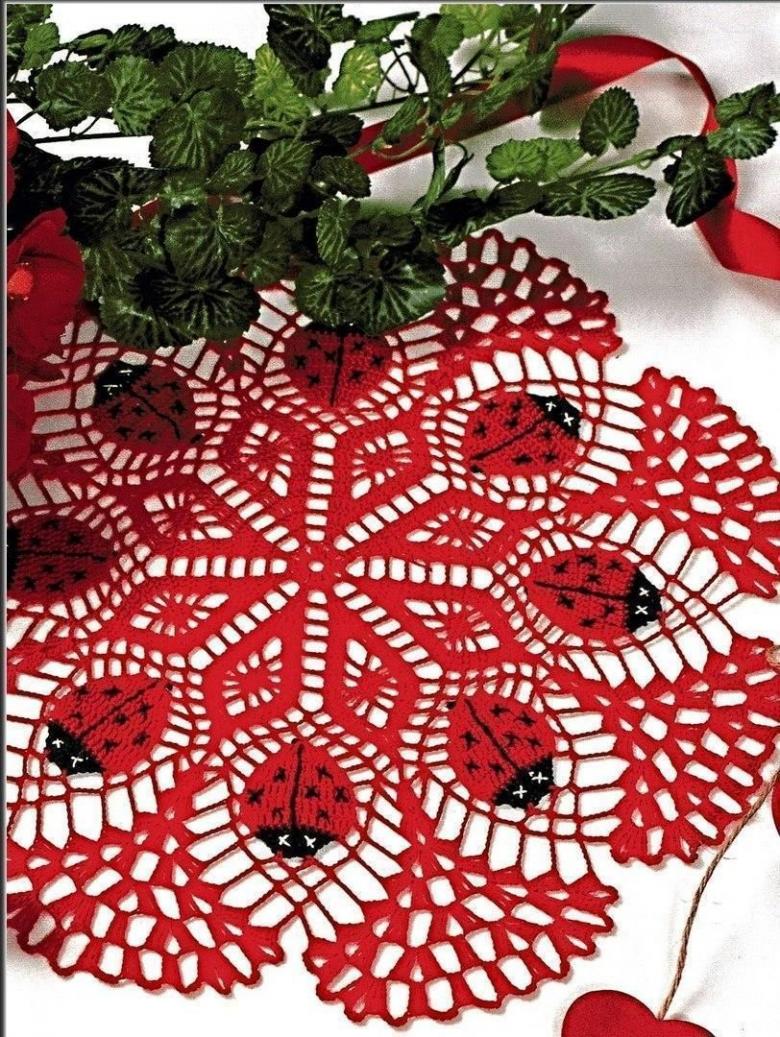
Knitting double loops
To do this, insert the hook into the loop and hook the thread, pull it through the loop - you will have two loops on the hook. Next, grab the yarn tool and pull it through both loops.
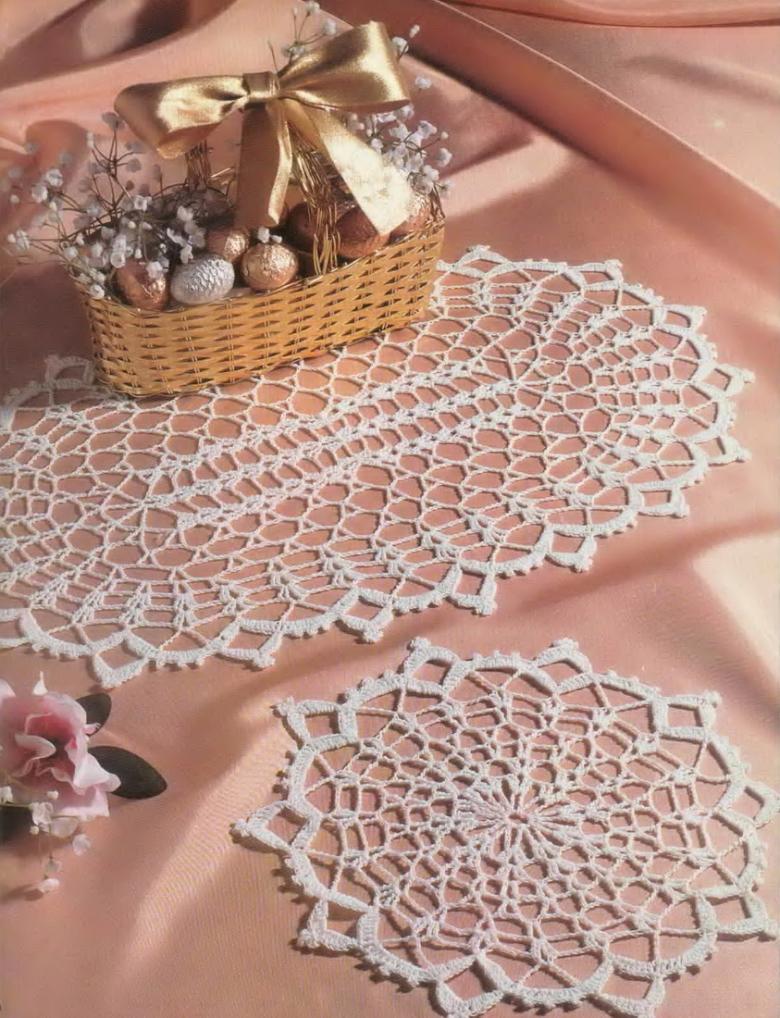
Knitting a column
Put the thread on the hook and pull the tool through the stitch. Grasp the thread and pull it through the buttonhole. Hook the yarn again and pull it through both loops. Hook the yarn again and pull it through the remaining two loops on the hook. Having mastered knitting with a column, you can create a dense canvas.
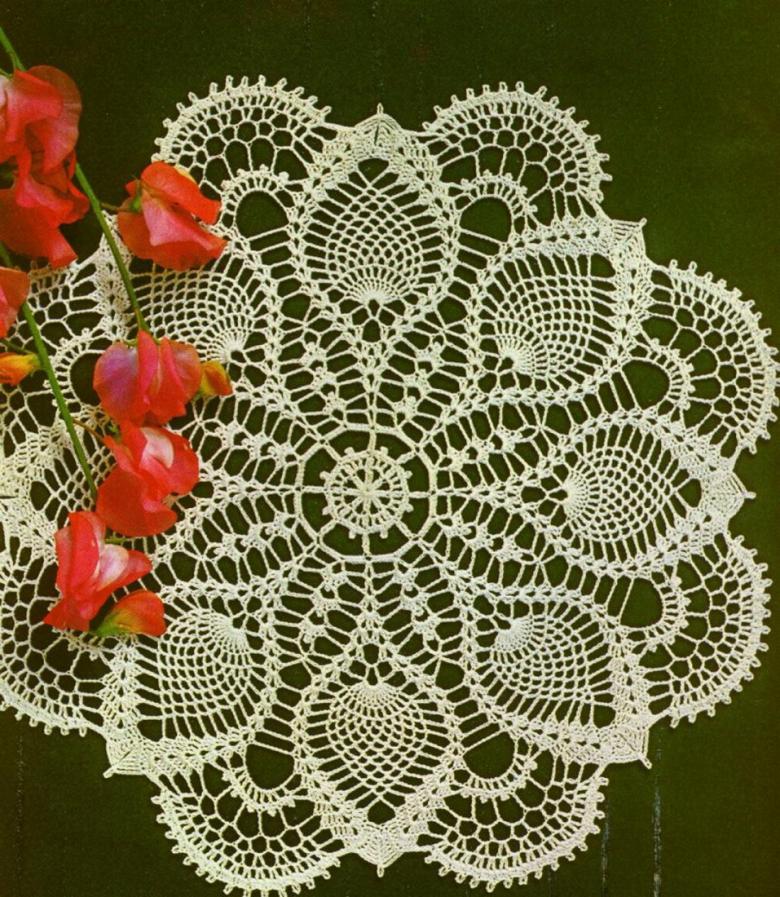
In the future it is necessary to master the double and triple column, vyvyazivaniya prongs, circles. Crochet consists of different combinations of loops. The tool comes in different materials and sizes.

Wooden, bone, steel to create the finest fabrics. Numbers come from 0.5 to 8. Hook number should correspond to the thickness of the thread. The loops should be the same size and lie down evenly. Beginners should practice making items with simple patterns.

When your hands have learned how to make even stitch columns, you can master more complex, openwork patterns. Once you have mastered the steps of knitting loops, you can quickly master the knitting process. Openwork patterns consist of combinations of the simplest air chains and columns.

Types of yarn for making napkins
Beginner craftswomen are better to use half-wool or acrylic yarn. Experienced masters use for work thin silk or cotton bobbin yarns, which have a number of advantages:
- have elasticity
- do not deform, so the product does not stretch
- retain airiness and relief of the pattern
- products made of them have an aesthetic appearance.
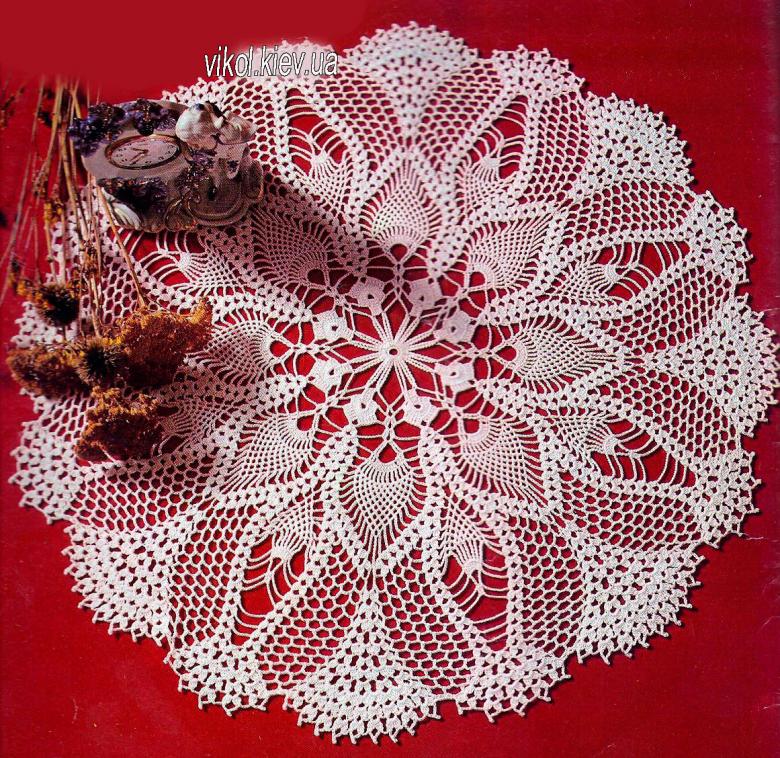
The napkin can be monochrome or linked from a yarn of several colors. It depends on the idea of a master and the purpose of the product. There are a large number of patterns for knitting. They can be created by following the schemes, instructions and recommendations, or come up with your own, unique ornament, using all kinds of combinations. The product can be knitted as a whole, or assembled from separate fragments. Napkin can be assembled from monochrome or multicolored circles, squares, triangles.
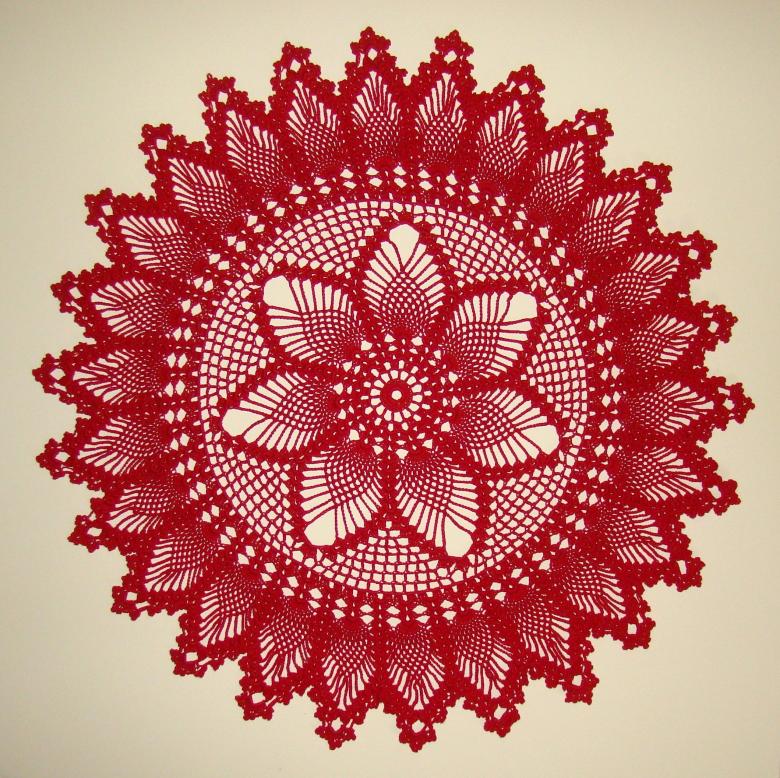
The charm of grandma's lace
Surely many homes have preserved old napkins, yellowed by time, which are real works of art. If our ancestors did such work by the light of a torch or kerosene lamp, nowadays, with a huge amount of reference books and websites on the Internet to master this craft is not very difficult.
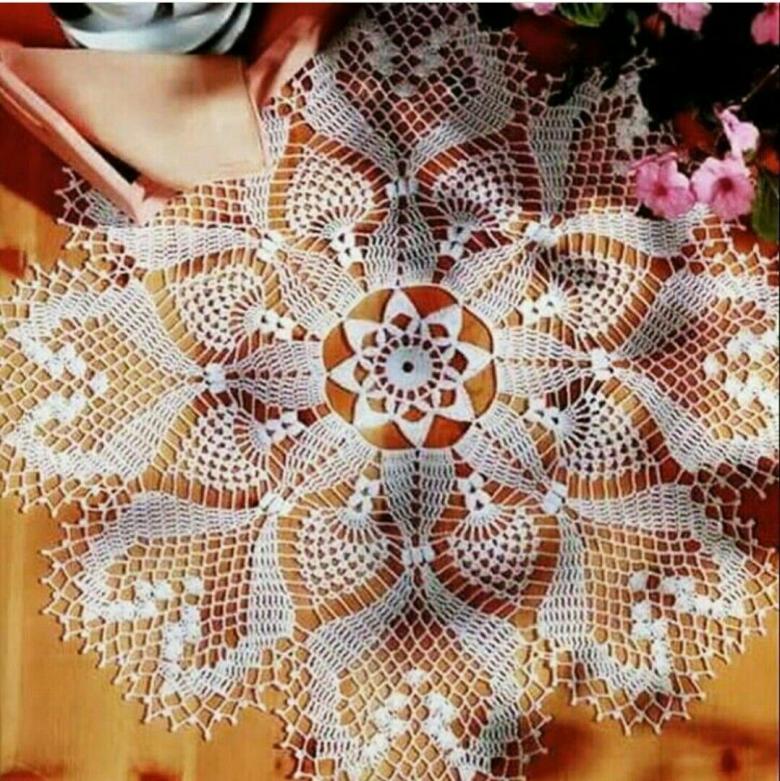
You just need to be very willing and have patience. A confident mastery of this wonderful and exciting kind of needlework, you can discover the unlimited possibilities of creating exclusive designer things. They are sure to arouse the admiration of others for your talent, and you will get a lot of positive emotions, joy and creative satisfaction.
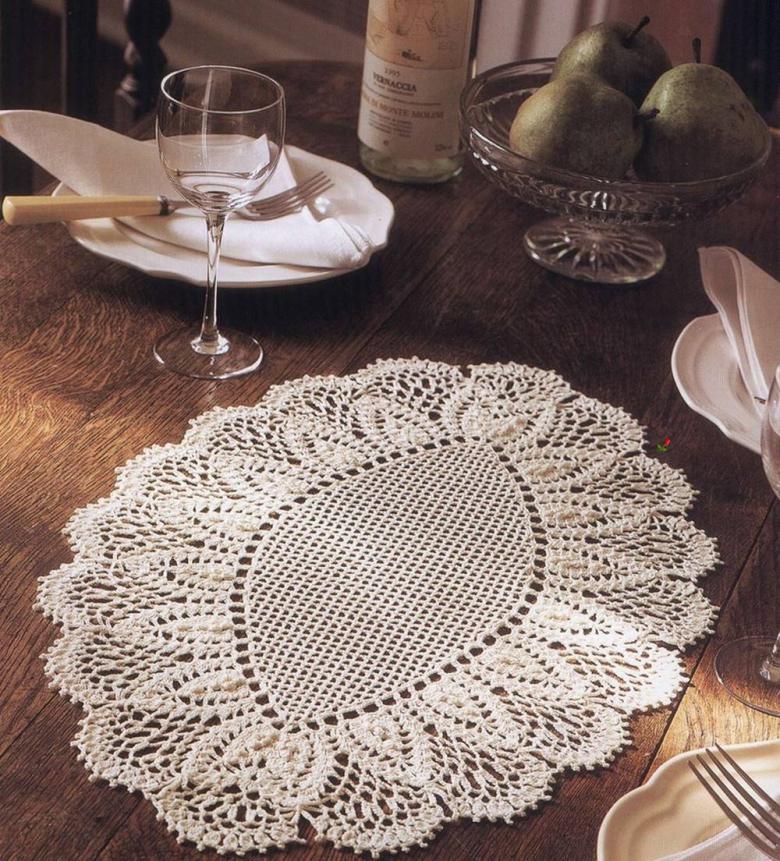
You can create napkins not only to decorate your home, but also to organize exhibitions, participate in creative competitions or create your own production line of handmade products.

